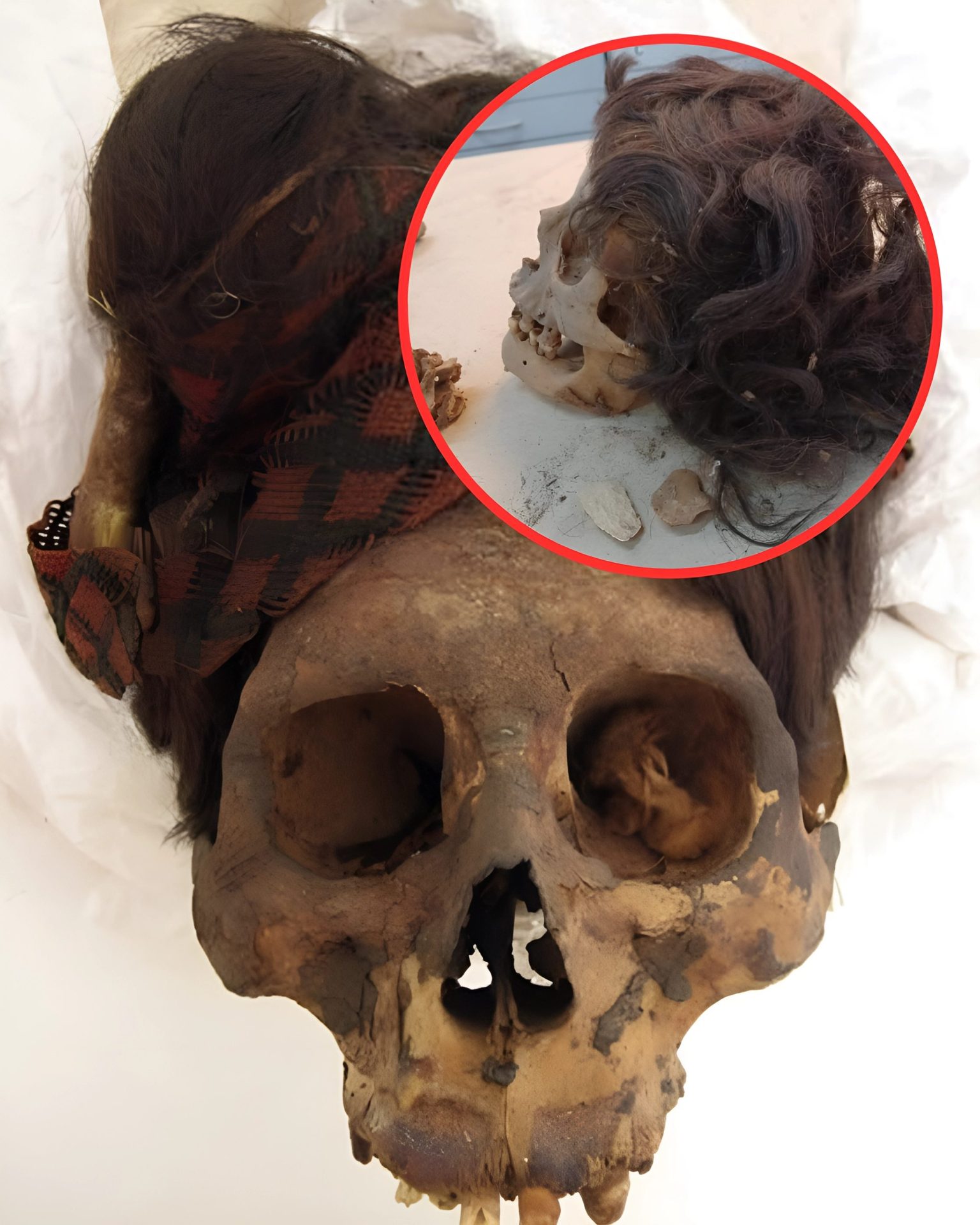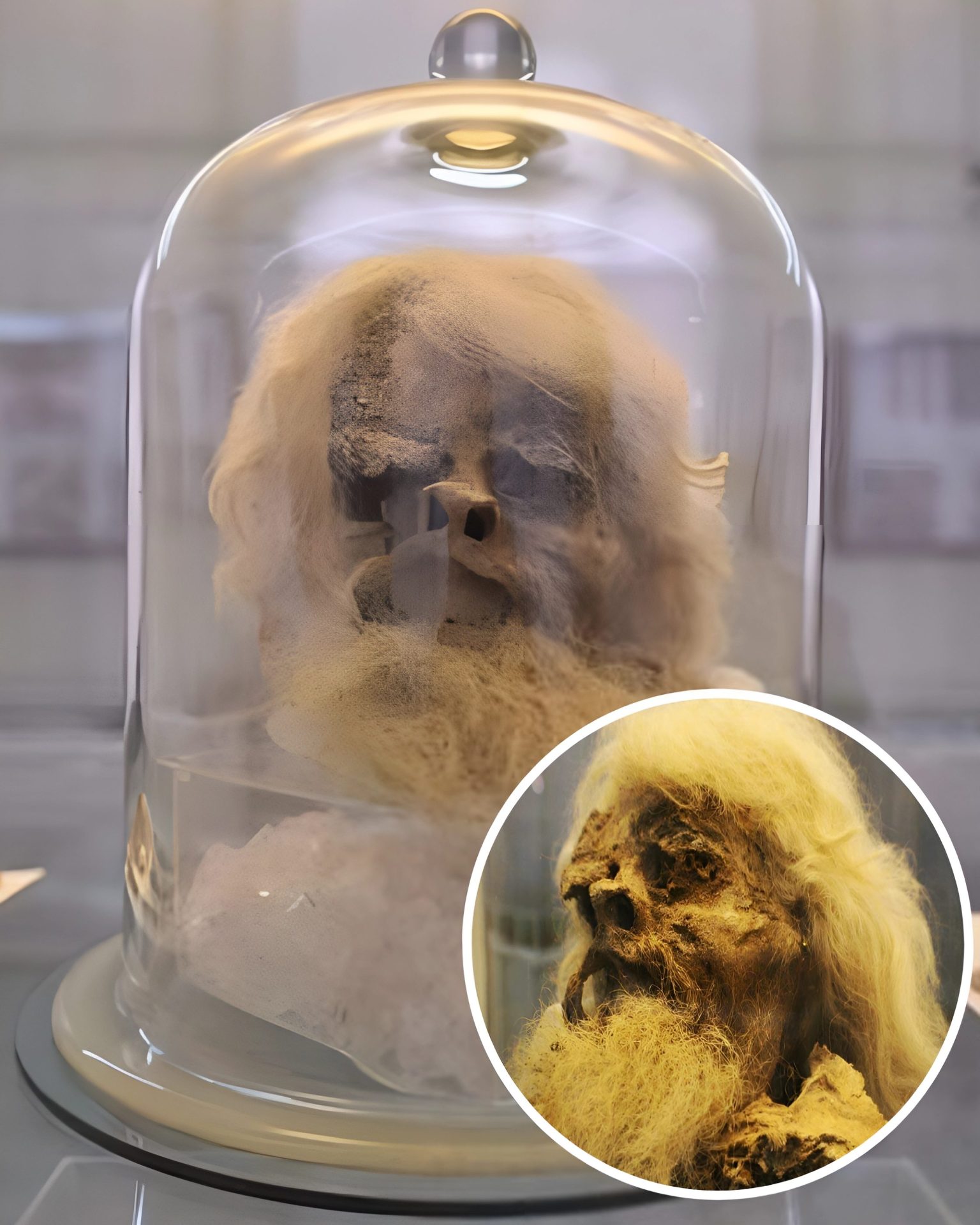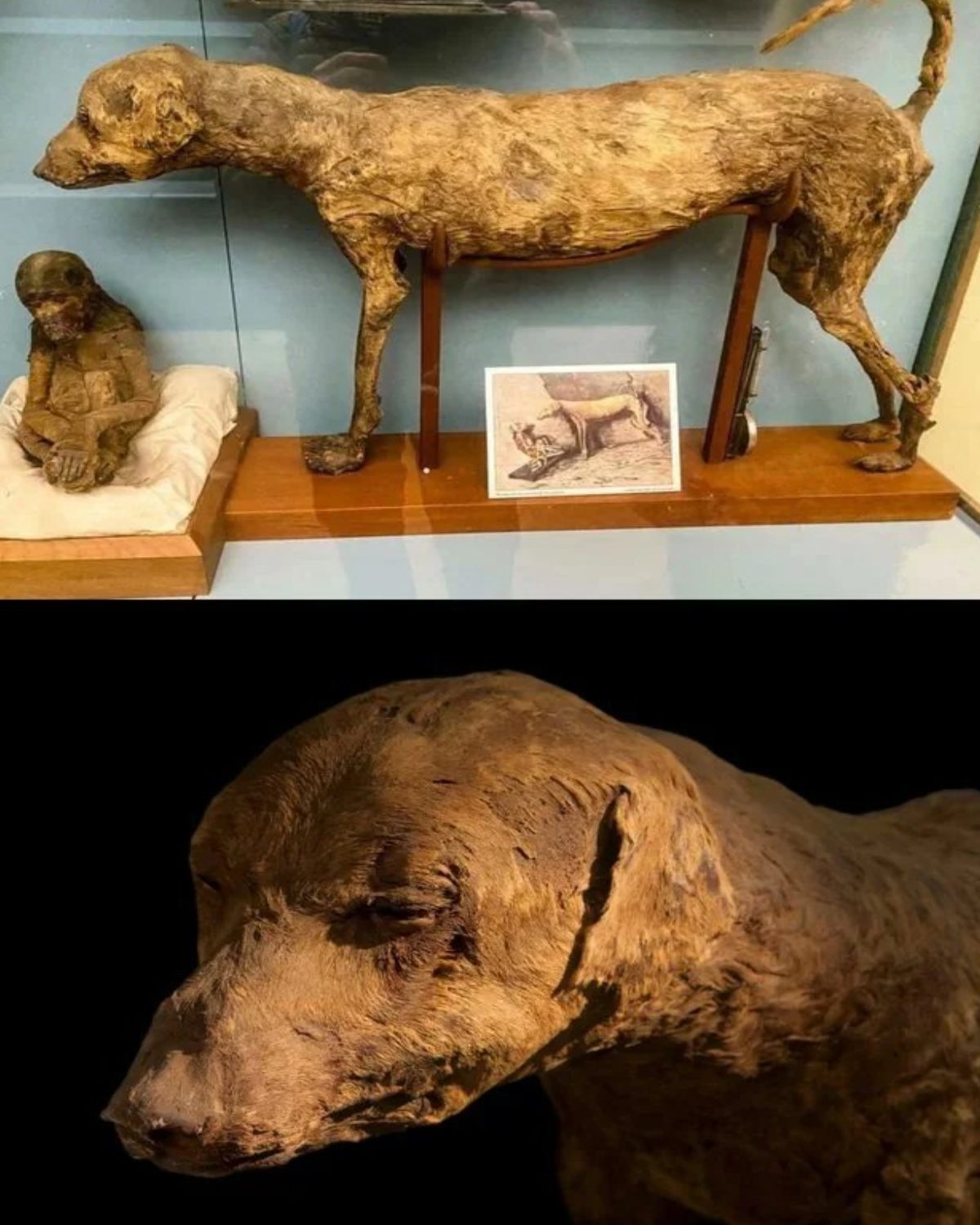
Golden mask from the mummy of Tutankhamun
This was a time of great wealth and power for Egypt. Some of the most important and best-known pharaohs ruled at this time, such as Hatshepsut. Hatshepsut is unusual as she was a female pharaoh, a rare occurrence in Egyptian history. She was an ambitious and competent leader, extending Egyptian trade south into present-day Somalia and north into the Mediterranean. She ruled for twenty years through a combination of widespread propaganda and deft political skill. Her co-regent and successor Thutmose III (“the Napoleon of Egypt”) expanded Egypt’s army and wielded it with great success. However, late in his reign, he ordered her name hacked out from her monuments. He fought against Asiatic people and was the most successful of Egyptian pharaohs. Amenhotep III built extensively at the temple of Karnak including the Luxor Temple, which consisted of two pylons, a colonnade behind the new temple entrance, and a new temple to the goddess Maat.

During the reign of Thutmose III (c. 1479–1425 BC), pharaoh, originally referring to the king’s palace, became a form of address for the person who was king.[27]

One of the best-known 18th Dynasty pharaohs is Amenhotep IV, who changed his name to Akhenaten in honor of the god Aten. His exclusive worship of the Aten, sometimes called Atenism, is often seen as history’s first instance of monotheism. Atenism and several changes that accompanied it seriously disrupted Egyptian society. Akhenaten built a new capital at the site of Amarna, which gives his reign and the few that followed their modern name, the Amarna Period. Amarna art diverged significantly from the previous conventions of Egyptian art. Under a series of successors, of whom the longest reigning were Tutankhamun and Horemheb. Under them, worship of the old gods was revived and much of the art and monuments that were created during Akhenaten’s reign was defaced or destroyed. When Horemheb died without an heir, he nam






